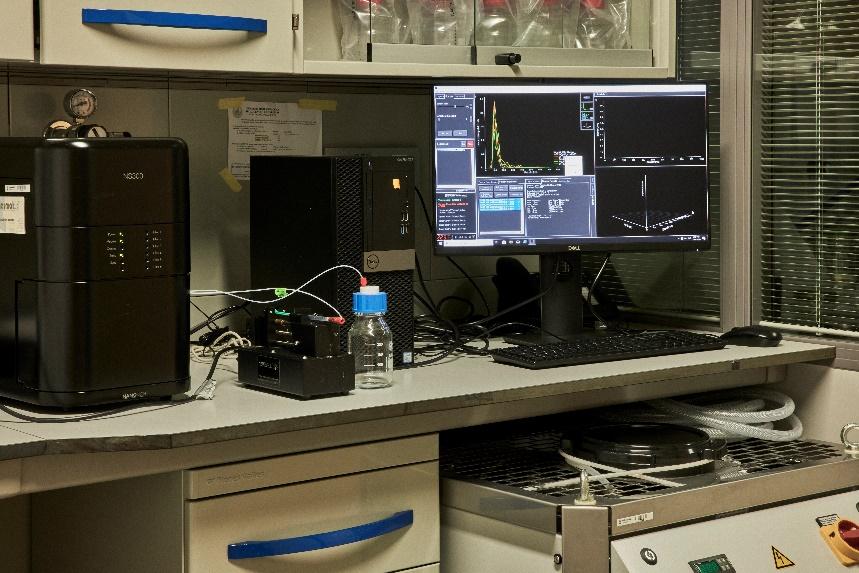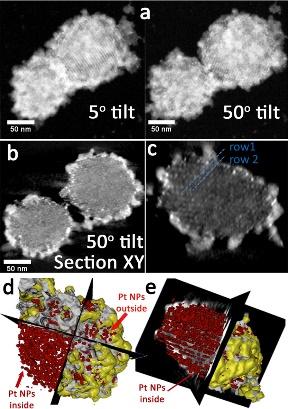U10-S04. Design & Development of living cells containing microparticules
Design & Development of living cells containing microparticules
Cell encapsulation in alginate based microcapsules.
Optionally, cell viability assays, metabolic activity and other phenotypic / biological studies can be carried out.
Customer benefits
Microencapsulation of cells allows their transplantation in absence of immunosuppression along a wide variety of diseases, with long retention in the engrafted tissue. This strategy improves the engraftment rate and survival of transplanted cells following implantation.
Target customer
Preclinical use for in vivo models
References
- Ziani K, Espona-Noguera A, Crisóstomo V, Casado JG, Sanchez-Margallo FM, Saenz-Del-Burgo L, Ciriza J, Pedraz JL. Characterization of encapsulated porcine cardiosphere-derived cells embedded in 3D alginate matrices. Int J Pharm. 2021 Apr 15;599:120454. doi: 10.1016/j.ijpharm.2021.120454.
- Espona-Noguera A, Etxebarria-Elezgarai J, Saenz Del Burgo L, Cañibano-Hernández A, Gurruchaga H, Blanco FJ, Orive G, Hernández RM, Benito-Lopez F, Ciriza J, Basabe-Desmonts L, Pedraz JL. Type 1 Diabetes Mellitus reversal via implantation of magnetically purified microencapsulated pseudoislets. Int J Pharm. 2019 Apr 5;560:65-77. doi: 10.1016/j.ijpharm.2019.01.058.
- Cañibano-Hernández A, Saenz Del Burgo L, Espona-Noguera A, Orive G, Hernández RM, Ciriza J, Pedraz JL. Hyaluronic acid enhances cell survival of encapsulated insulin-producing cells in alginate-based microcapsules. Int J Pharm. 2019 Feb 25;557:192-198. doi: 10.1016/j.ijpharm.2018.12.062.
Additional information
Microencapsulated cardiospheres 10X Captured Brightfield with DM_RGB_Brightfield with DM.










